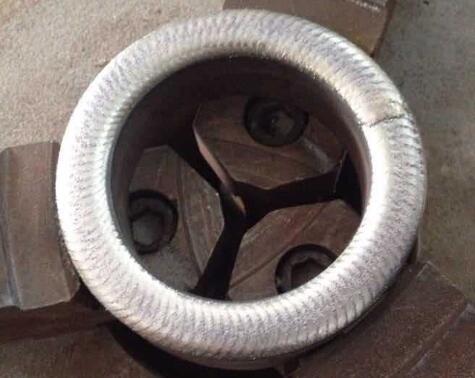Factors That Ruin Sealing Surface of Valves
2016-11-12
Valve is the control part in the piping fluid conveying system, which is used to control the on-off of piping line and change the medium flow direction, having functions of diversion, cut-off, throttling, no return, diversion or overflow pressure-relief. Damage of the sealing surface can be classified two: man-made damage and natural damage, the former caused by ill-designed, low-precision manufacturing, improper material selection, incorrect installation, poor operation, poor maintenance and other factors. The later, means the wear and tear of sealing surface under natural use, t corroded by medium.

Specifically, factors that lead to sealing damage lies in following main aspects:
1. Improper installation and maintenance led the sealing surface to work improperly, the valve fail to work after operated with ‘sick’.
2. Unfitted Selection and handling causing damage. Such not choose the appropriated valve basing one actual application requirements, cut-off functioned valve treated as throttle type valve, resulting in too big specific pressure of sealing, too fast of sealing speed and lax sealing, so that the sealing surface suffer erosion and wear.
3. Poor machining quality of sealing surface quality, mainly shown in cracks, porosity ,ballast and other defects on sealing surface, these are caused by improper operation in process of heat treatment and overlaying welding.
4. Mechanical damage, the sealing surface suffer abrasions, bumps, crushes and other damage in the opening and closing process. Between the two sealing surfaces, mutual penetration of atoms oozing happens under the action of high temperature and pressure, resulting in adhesion phenomenon. When the two sealing surfaces move relatively, the adhesion easily tear. The higher the roughness of the sealing surface is, this phenomenon more easily happen.
5. Media erosion, the result of wear, flushing, cavitation exposed to sealing surface caused by medium movement. At certain speed, the floating particles in medium conflict with the sealing surface. High-speed activities of the media directly flush the sealing surface, causing local damage, plus chemical erosion alternately, will be a strong erosion on sealing surface.
6. Electrochemical erosion, sealing surface touch with each other, the sealing surface and the body, oxygen concentration and other reasons, will produce a potential difference, the electrochemical erosion, resulting in the anode side of the sealing surface erosion.
7. Chemical erosion, the medium around the sealing surface, on case of no current, the media directly have chemical action with sealing surface and erosion sealing surface.
For the actual separation process, other trace components in the air must also be taken into account. The adsorption capacity of carbon dioxide and water on conventional adsorbents is generally much greater than that of nitrogen and oxygen, and the adsorbent can be adsorbed and removed by the addition of a suitable adsorbent (or by the oxygen-making adsorbent itself). The number of adsorption towers required for the oxygen plant depends on the scale of the oxygen generation, the adsorbent performance and the process design, and the running stability of the multi-tower operation is relatively better, but the equipment investment is higher. The current trend is to using highly efficient oxygen adsorbents ,minimize the number of adsorption towers as less as possible, employing short operating cycles to improve plant efficiency and to save investment .